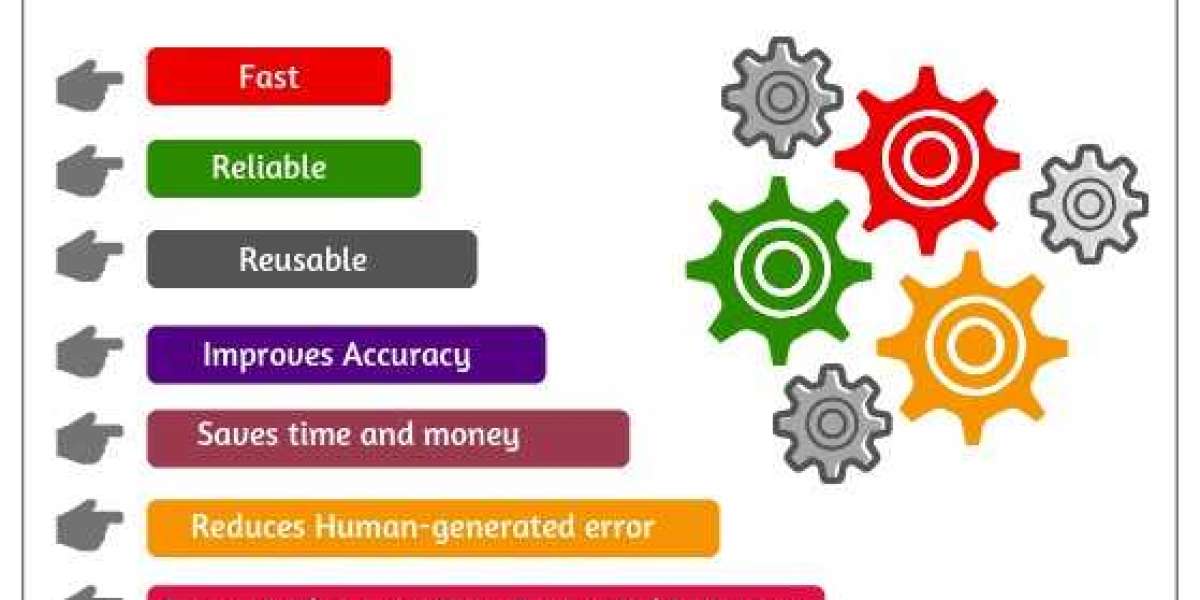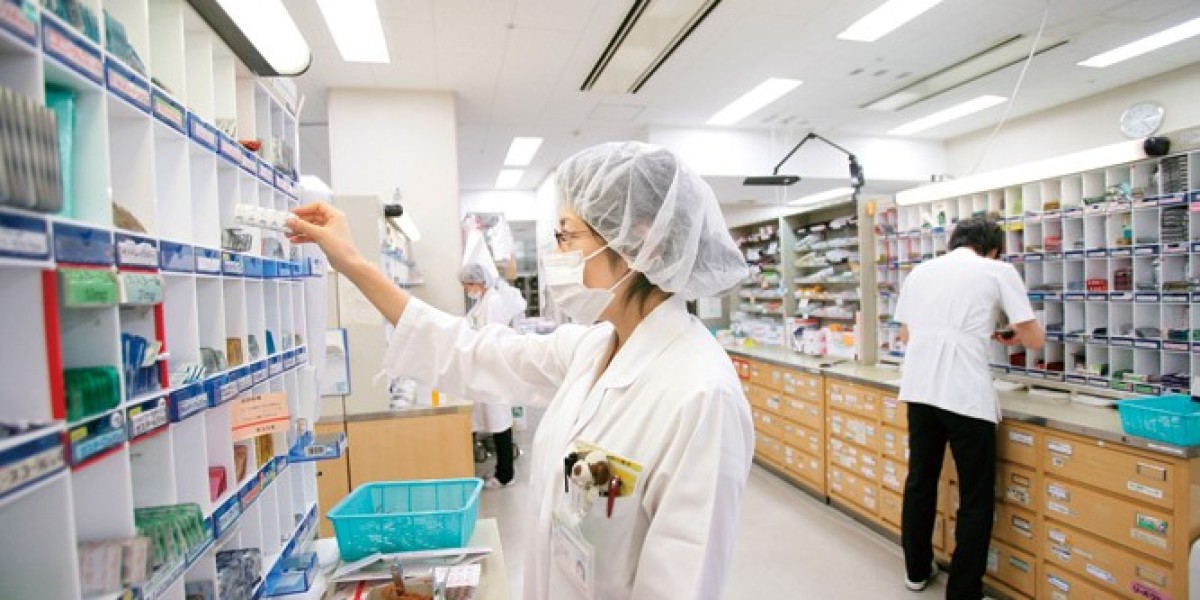Those in the technology sector will be familiar with testing. That is, creating and developing a product or piece of software, and frequently putting it through its paces until you get it right. It’s part of the product development cycle and is vitally important for ensuring your product is as good as you want it to be.
Nowadays, testing has become more sophisticated and more advanced. We have started to utilize software testing automation to help ease the workload of the rest of the team and provide clear and accurate results. Here, we’ll delve further into software testing automation, including what it is, and how to start using it in your business.
What is software testing automation?
Software testing automation is the process of testing software and other tech products to ensure it meets strict requirements. Essentially, it’s a test to double-check that the equipment or software does exactly what it was designed to do. It tests for bugs, defects, and any other issues that can arise with product development.
Although some types of testing, such as regression or functional testing can be done manually, there are greater benefits of doing it automatically. Software testing automation can be run at any time of the day. It uses scripted sequences to examine the software. It then reports on what’s been found, and this information can be compared with earlier test runs. Automation developers generally write in the following programming languages: C++, JavaScript, and Ruby.
Many software businesses will have an appointed QA (quality assurance) automation tester. They design and write the test scripts in the beginning stages. The QA automation tester will work with automation test engineers and product developers to actually test the software and products. They will form a team and control the test automation initiatives, and use different types of test automation frameworks to establish the best one for successful test automation.
When starting to work with unit testing frameworks, the team needs to know about its attributes, runners, assertions, screen shots, test suites, and CI (continuous integration). Popular user testing frameworks include JUnit for Java and Pytest for Python.
Adhering to testing protocols is important in the technology industry. It’s critical for continuous delivery (CD) and continuous testing (CT). DevOps and agile software development teams will use both CD and CT in their testing strategies.
By choosing software testing automation, businesses are able to streamline their testing procedures to deliver the maximum return on investment (ROI). Why? Because automated testing can shorten development life cycles, eliminate the possibility of human error, and automate mundane and monotonous tasks.
Why is automation needed?
Some teams simply don’t have the time or resources to be manually testing software. Automation can help with this. It can significantly reduce the time it takes to test products because it runs quickly and efficiently. This puts time back into the hands of developers and production managers, who can divert their efforts into other aspects of the project. It can greatly boost productivity as a result.
Using automation technology also means that testing can be done more frequently, improving overall functionality. Software development cycles call for repeated testing, often the same test over and over again. Software testing automation makes this possible, without taking team members away from other work. It can also deliver more accurate and reliable results than manual testing alone. Further ensuring that the product is ready for market or to move onto the next stage of development. This validation gives the team a boost to continue developing.
Most importantly, automation benefits product development. That’s because when software, an app, or another product can be designed and produced more efficiently, it makes way for continuous development once it's been launched. Essentially, the business will be able to work on more software and products, even with the same amount of team members, thanks to automation. Not only does this mean they perfect the final products they put out, but it also means they are creating new software all the time.



